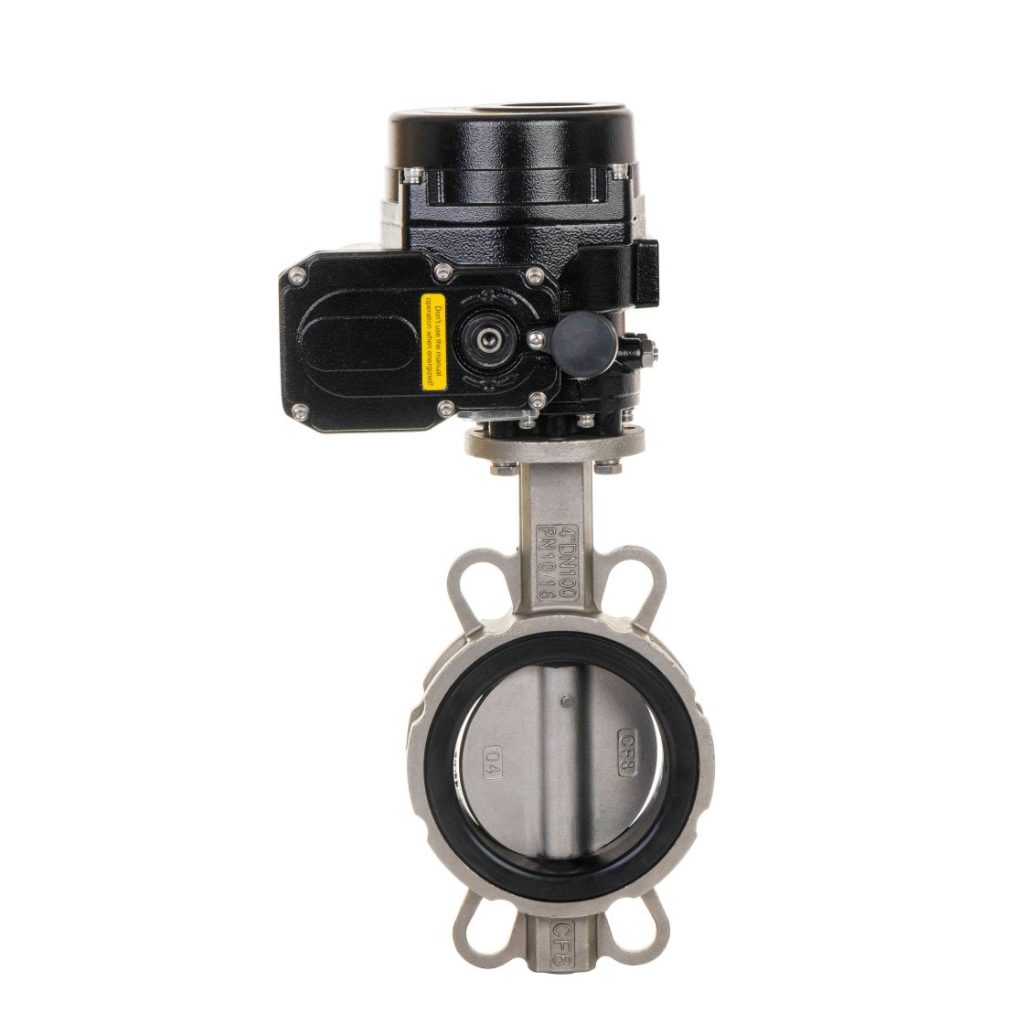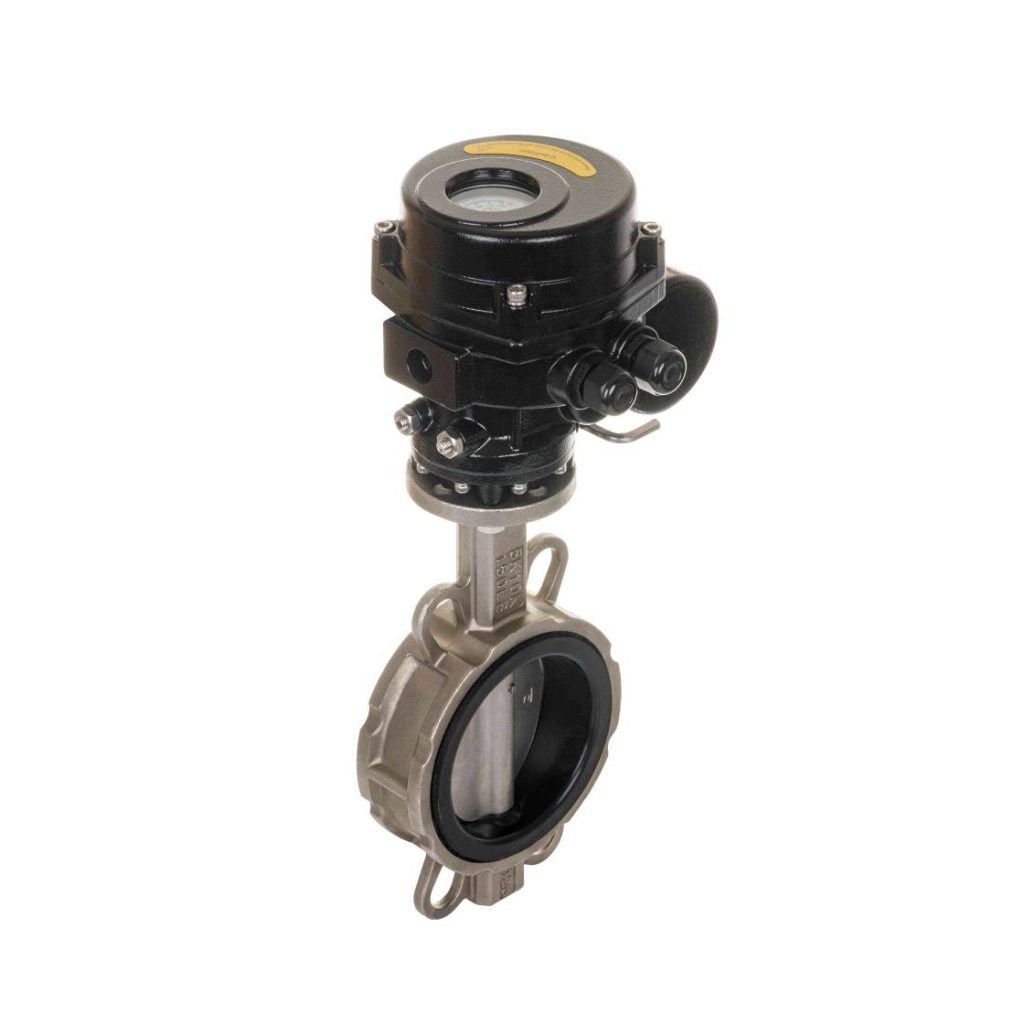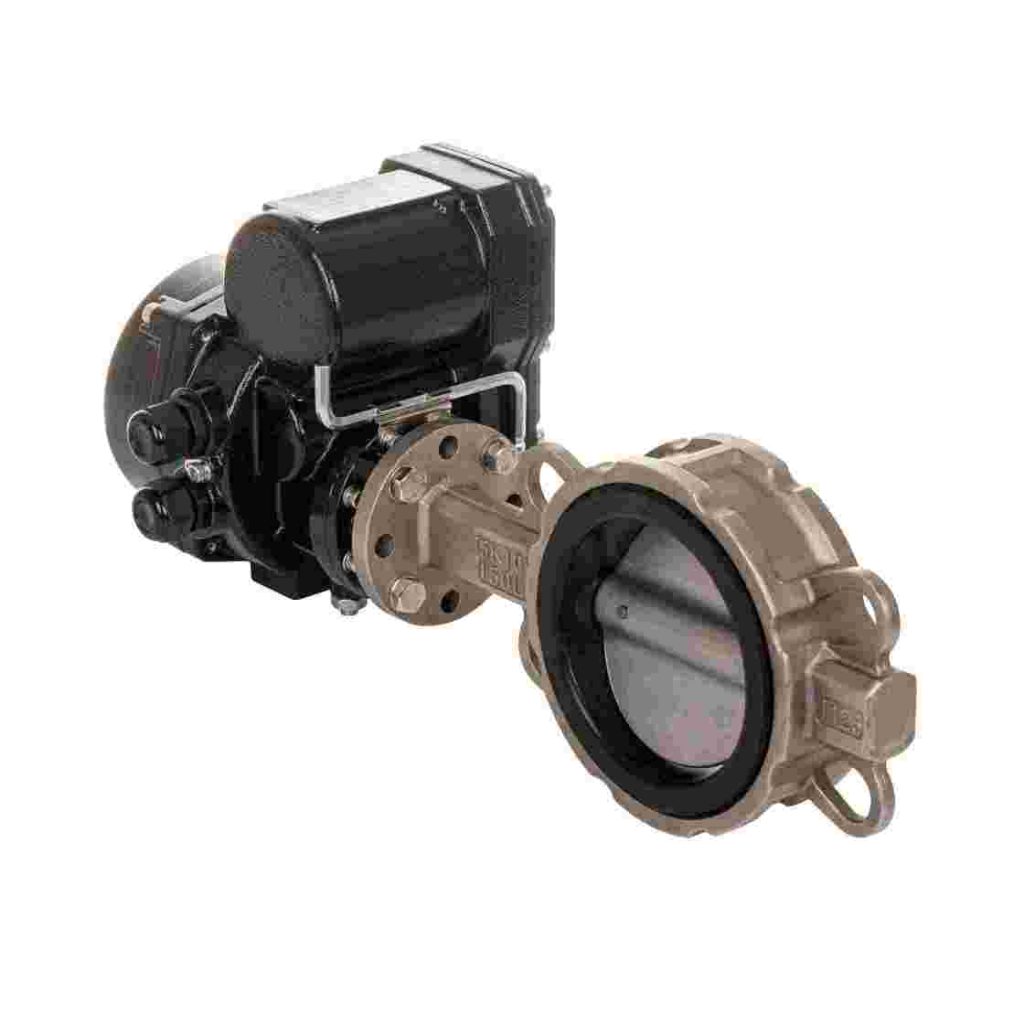Electric flanged soft seal butterfly valves are essential components widely used in various industries for regulating the flow of liquids and gases. These valves are known for their efficient design, durability, and ease of operation. With the added feature of electric actuation, they offer a reliable, automated solution for controlling fluid systems. This article provides a detailed overview of electric flanged soft seal butterfly valves, their construction, working principle, applications, advantages, and key considerations when selecting the right valve for specific purposes.

What is an Electric Flanged Soft Seal Butterfly Valve?

A butterfly valve is a quarter-turn rotational valve, and it controls the flow of fluid through a pipe by opening, closing, or modulating the flow using a circular disc or vane. The term “flanged” refers to the valve having flanged ends, which are commonly used to connect the valve to pipework. The “soft seal” refers to the material used for the valve seat, typically elastomers like EPDM, NBR, or PTFE, that provide a tight seal without metal-to-metal contact, offering excellent sealing properties. When paired with an electric actuator, the valve can be controlled automatically, making it ideal for applications where remote operation or automated control is required. Electric flanged soft seal butterfly valves are often used in systems where precise flow control and tight shut-off are necessary, while also benefiting from reduced manual intervention.

Leave a Reply